Simple Steps To Get Rid Of Exp.CVE-2018-8653
Exp.CVE-2018-8653 causes following error 0x80244027 WU_E_PT_NO_AUTH_PLUGINS_REQUESTED The server returned an empty authentication information list., 0x000000DB, 0x80244024 WU_E_PT_HTTP_STATUS_VERSION_NOT_SUP Same as HTTP status 505 - the server does not support the HTTP protocol version used for the request., Error 0x80D02002, 0x8024002B WU_E_LEGACYSERVER An operation did not complete because it requires a newer version of server., 0x8024A000 WU_E_AU_NOSERVICE Automatic Updates was unable to service incoming requests., 0x00000030, 0x80242012 WU_E_UH_UNEXPECTEDCBSRESPONSE The update handler has received an unexpected response from CBS., 0x8024401C WU_E_PT_HTTP_STATUS_REQUEST_TIMEOUT Same as HTTP status 408 - the server timed out waiting for the request., 0x80242014 WU_E_UH_POSTREBOOTSTILLPENDING The post-reboot operation for the update is still in progress., 0x000000E0, 0x80242005 WU_E_UH_WRONGHANDLER An operation did not complete because the wrong handler was specified., 0x8024800A WU_E_DS_UNKNOWNHANDLER The update was not processed because its update handler could not be recognized.Delete Exp.CVE-2018-8653 Easily From The System
The cyber Hackers have programmed this Exp.CVE-2018-8653 System malware to take benefits from the innocent user. After the infiltration of such harmful threat the functionality of the System will completely compromised. Along with this Exp.CVE-2018-8653 many other harmful threat will be invited to create more damage to the System. It will immediately open a backdoor which allow the remote hacker to sneak into the System and steal all the private information from the System.
Information like, Browser History, System ID and password, Full System configuration and even install keylogger to your infected System. Over and over unwanted redirection will make you redirect, as to bring more threat this Exp.CVE-2018-8653 will open multiple of phishing website which bring harmful System malware. Because of this harmful and malicious activity you must not delay to Delete such harmful threat from the infected System. The earlier you Delete the threat the less you will suffer.
Part 1 : End Exp.CVE-2018-8653 Related Task/Process From Windows Task Manager
Part 5 : Start Your System in Safe Mode With Networking
Part 1 : End Exp.CVE-2018-8653 Related Task/Process From Windows Task Manager
- First Open The Task Manager. You can do it in 2 way.
- Right Click on Task Bar and the select Task Manager.

- You can also Press ALT+Ctrl+Del to Start Task Manager.

- When the Task Manager Windows will open you have to go to Process Tab.
- On Process Tab select Exp.CVE-2018-8653 related process and then click on End Process.
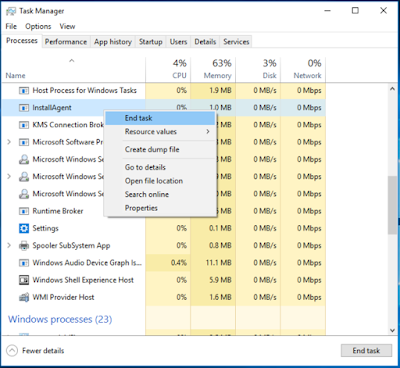
- Also go to the Task Tab and select the malicious task running On Windows system then click on End Task.
Part 2 : Delete Exp.CVE-2018-8653 From Control Panel On Windows System
Delete Exp.CVE-2018-8653 From Windows 10
- Click on Start Menu then go to Settings option to choose System Option.
- Here on Settings panel choose System option >>> select Apps and Features option.

- On App and Features Panel Find Exp.CVE-2018-8653 >>>> then press Delete option.
Delete Exp.CVE-2018-8653 From Windows 8
- On Windows 8 press Win+R button to open Run Box.
- Type control panel and hit Enter button on search box.
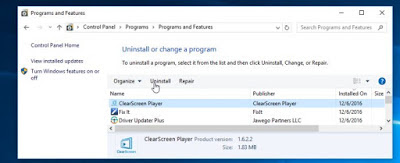
- On Control Panel Windows select Delete a program.
- Find Exp.CVE-2018-8653 and click on Delete.
Delete Exp.CVE-2018-8653 From Windows 7
- Press Windows Button to open All program list on Windows 7.
- From All Program List select Control Panel Option.
- Or Press together Win+R button.
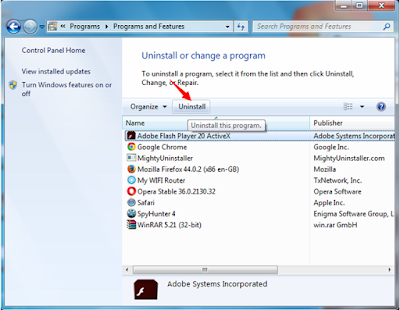
- The select Programs menu again click on Uninstall a programs.
- Select the program which want to Delete then click on Delete icon.
Delete Exp.CVE-2018-8653 From Windows XP
- Open Start menu then select Control Panel on your Windows XP.
- On Control Panel windows click on Add or Remove programs option.
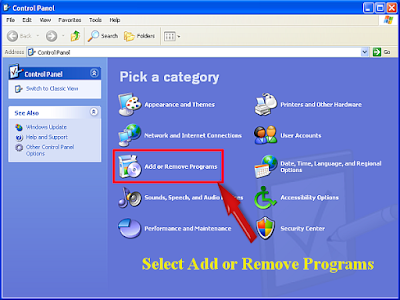
- A list of installed program will appear.
- Now from this list find Exp.CVE-2018-8653 >>> the click on Delete option.
Part 3 : Delete Exp.CVE-2018-8653 From Web Browser
Delete Exp.CVE-2018-8653 From Microsoft Edge
- Click on More (...) icon on your Edge Browser.
- To Set a URL click on A specific page or pages option.
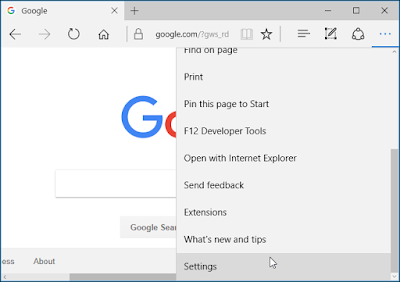
- Type the URL of the page on the Custom Option.
- Restart your Microsoft Edge Browser to Set the change.
Delete Exp.CVE-2018-8653 From Mozilla Firefox
- To open browser menu >>> click on Setting icon (top right corner).
- Now select Add-ons .
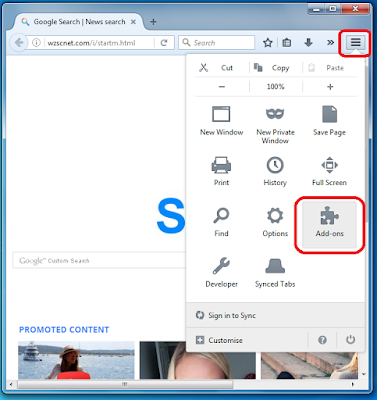
- On Add-ons Manager tab select Extensions or Appearance panel.
- Find Exp.CVE-2018-8653 to Delete it then click on the Delete button or Trash option.

- Restart your Mozilla Firefox to see the change.
Delete Exp.CVE-2018-8653 From Google Chrome
- Click on 3 line icon (top right corner) to open Chrome menu.
- Now click on the Tools option from drop list.
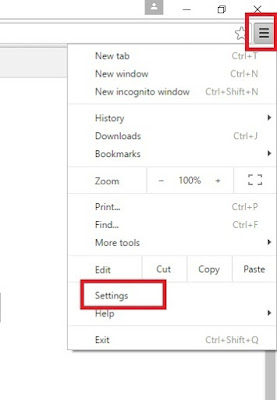
- Select Extension and select all unwanted installed extensions.
- Click on trash icon to Delete Exp.CVE-2018-8653 from Google Chrome.
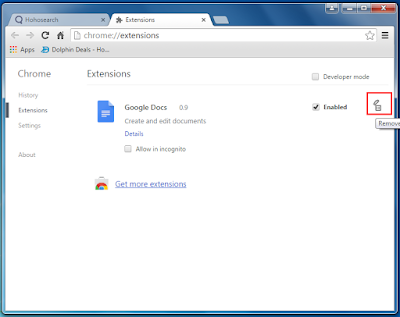
Delete Exp.CVE-2018-8653 From Internet Explorer
- To open Tool Option Press Alt+T buttons.
- Also to open Tools option click on Gear Icon from the right-top corner.
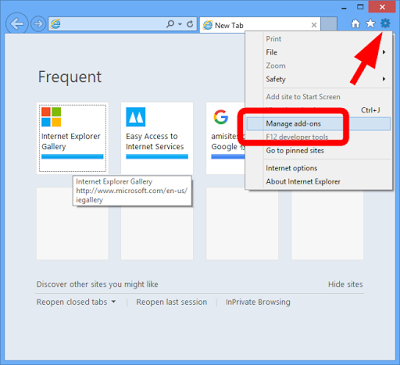
- Click on Manage Add-ons option then select Toolbars and Extensions tab.
- Find Exp.CVE-2018-8653 and related add-ons then Click Disable.
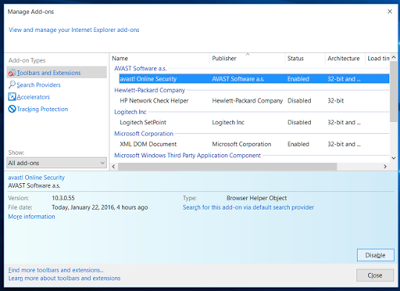
- Finally click on Delete button.
Part 4 : Delete Exp.CVE-2018-8653 From Registry Editor
- Type regedit and hit Enter or Press OK on RUN command to open Windows Registry Editor.
- On the Windows Registry Entry Press CTRL+F key to enable search box.
- Find Exp.CVE-2018-8653 and Delete all related registry files of it.
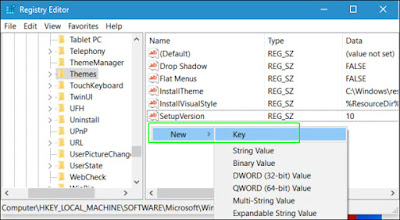
HKEY_LOCAL_MACHINESystemCurrentControlSetServicesWpm
HKEY_CURRENT_USERSoftwareMicrosoftInternet ExplorerMain Default_Page_URL
HKEY_LOCAL_Machine\Software\Classes\[Threat name]
HKEY_CURRENT_USER\Software\Microsoft\Windows\CurrentVersion\Run .exe
HKCU\Software\Microsoft\Windows\CurrentVersion\Internet Settings\random
HKEY_LOCAL_MACHINE\SOFTWARE\Microsoft\Windows\CurrentVersion\run\random
HKEY_CURRENT_USER\Software\Microsoft\Windows\CurrentVersion\Internet Settings
Part 5 : Start Your System in Safe Mode With Networking
Delete Exp.CVE-2018-8653 For Windows 8/10
- Click on Start Menu, hold Shift key and the press Restart button.
- In next Window select Troubleshoot option.
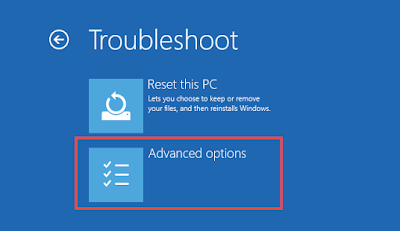
- Again click on Advanced Options.
- Here select the Startup Settings option.
- Select Enable Safe Mode option then click on Restart button.
- Now Press F5 button for Enabling Safe Mode With Networking option.

Delete Exp.CVE-2018-8653 For Window XP/Vista/7
- Restart your System to open in Safe Mode.
- Click Start Menu >> select Restart option.
- Simultaneously hit F8 button while the System start booting.

- Here you will get Advance boot menu.
- In this Advance boot menu then select Safe Mode With Networking Option.
- To open System in Safe Mode With Networking press Enter button.



No comments:
Post a Comment